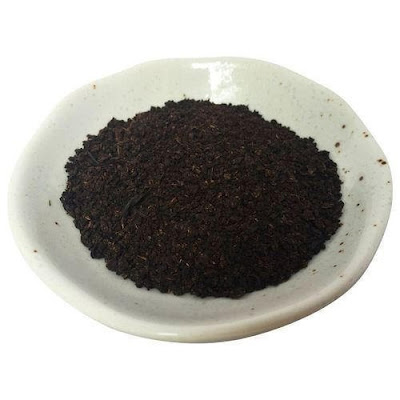Chlortetracycline is an amoxicillin antibiotic that is used to treat a wide range of gram-positive bacterial infections, including strep throat, staph, and invasive yeast infections in cattle and poultries. Chlortetracycline is administered intravenously or can be given orally in combination with other antibiotics. It is sometimes used in conjunction with a broad-spectrum antibiotic (such as doxycycline), in the treatment of gram-positive infections where some combination of the above antibiotics are ineffective. In the treatment of antibiotic-resistant Staphylococcus aureus, a combination of doxycycline and chlortetracycline is sometimes effective.
The cause of this antibiotic's effectiveness has not been established, and there are a number of concerns related to its use in the veterinary medical profession. First, unlike most antibiotics, chlortetracycline is a very potent antibiotic. This means that the dosage must be carefully monitored and that it can pose a risk to cats suffering from kidney disease or having impaired liver function. It also creates a condition called electrolyte imbalance, which can lead to electrolyte imbalance (hypokalemia) and shock.
This antibiotic is also majorly used to treat allergies in livestock and poultry and is preferred by veterinarians. Hence the increase of veterinary units worldwide is driving the growth of the global Chlortetracycline market. For instance, according to a government report, there are more than 11,418 veterinarians in Australia. Moreover, the rising occurrences of animal infection and the rising demand for animal products are augmenting the growth of the global Chlortetracycline market.
Chlortetracycline has recently been shown to reduce the duration and spread of some kinds of antibiotic resistance. The results of a study conducted by the National Institute of Health showed that chlortetracycline had a positive effect on the progression of staph infections that developed resistance to amoxicillin, a common, often prescribed antibiotic. In addition, it has been found to slow the spread of HIV, a virus that causes AIDS. However, some reports have shown that the drug can have adverse health effects in animals such as bone mineralization and inhibiting teeth in growing animals and also sometimes in the fetus. Moreover, it can even result in liver and kidney impairments, although these occurrences are very rare. These are the factors, which are negatively affecting the growth of the global Chlortetracycline market.
In North American, the increasing numbers in cattle population are raising the demand in the global Chlortetracycline market. For instance, according to National Cattlemen's Beef Association (NCBA), there were around 94.4 million cattle and calves in 2020 in the U.S. Moreover, the increasing numbers of veterinarians in the region and increasing concerns of cattle health among environmentalists and animal welfare organizations are creating significant propulsion in the global Chlortetracycline market. Owing to these factors there have been some industrial developments in the global Chlortetracycline market. For instance, in July 2019, Zoetis announced that Aureomycin produced by the company can now be used by dairy producers to replace heifer feed in order to control bacterial pneumonia.




No comments:
Post a Comment